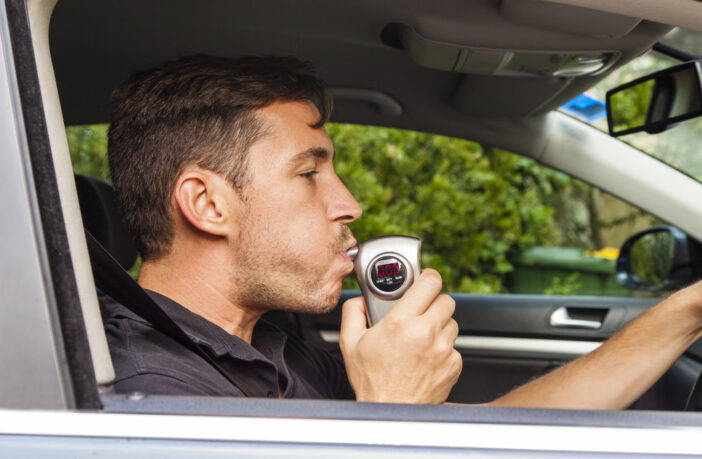Before using a breathalyser test at a work event, it’s important to understand the reasons for its implementation. Many workplaces consider these tests to manage safety and productivity concerns, especially when events might include alcohol. These tests are part of broader workplace policies aimed at maintaining a safe and healthy environment for all employees. Knowing the purpose of breathalyser testing at your work event can help you better navigate its use and implications.
Being informed about how breathalyser tests are conducted can prepare you for what to expect. There are various methods of testing, and understanding the process helps in complying with workplace policies. Each organisation might have its own approach, and being clear on what that involves is important for any participant. Keeping these factors in mind will allow you to engage in work events with greater confidence and peace of mind.
Consent is necessary before testing.
Before you use a breathalyser test at a work event, it’s important to get consent from everyone involved. Without their agreement, testing can become a legal issue. Employees must know the purpose of the testing and agree to it willingly.
Giving consent is not just about saying yes. Employees should be fully aware of what the breathalyser test involves, including any possible consequences. Transparency helps maintain trust between employers and employees.
Additionally, you should inform employees about the privacy of their results. All information gathered from a breathalyser test must be handled carefully to protect personal data rights.
When you decide to buy a breathalyser test online, make sure it suits your needs and matches any company policies regarding these tests. By keeping these points in mind, you can conduct breathalyser tests fairly and lawfully.
Inform Staff About Testing Procedures
You need to explain the testing procedures clearly to staff. Start by letting them know why the tests are necessary and how they help maintain a safe environment. Make sure everyone knows that participation in testing should be with their consent, as it must have legal approval.
Tell employees how tests will be conducted. This could include describing the different types of tests, like breathalysers, and what they involve. Clear and open communication is key to avoiding confusion or misunderstandings.
Be upfront about what happens if a test shows an employee is over the limit. Inform them about possible consequences, as this helps maintain trust and transparency.
Reassure them that the data collected is protected and used responsibly. Remind staff that tests are not punitive but are intended to create a safe workspace for everyone.
Professional Breathalysers are Recommended
When it comes to testing alcohol levels at work events, professional breathalysers are a smart choice. They are designed specifically for accurate alcohol detection in these settings. Unlike personal devices, professional breathalysers often have more precise sensors.
These devices typically feature electrochemical sensors, which are known for their accuracy. They can provide reliable results, which is important when consistent testing is needed. For workplaces that conduct routine or random alcohol screenings, the precision of professional breathalysers is a benefit.
Another important aspect is regular maintenance. Professional breathalysers require calibration to maintain their accuracy. This step helps the device stay effective in measuring alcohol levels. By choosing professional equipment, you help make sure the readings are dependable each time it’s used.
Tests cannot be forced on employees
In the workplace, you can’t make employees take a breathalyser test without their permission. Consent is necessary before any testing. This rule protects employee rights and privacy. Forcing people to undergo testing could lead to legal problems, so it’s important to handle the process carefully.
When introducing testing, it’s good practice to have a clear policy. This policy should outline why tests are needed and how they will be carried out. Employers should explain the reasons and procedures in writing to avoid misunderstandings.
In some situations, if an employee refuses a test, they might face disciplinary action. This is usually the case when employers have a good reason for testing. To prevent issues, it is helpful to include testing consent in contracts. This way, everyone understands what is expected from the start.
Having a respectful and transparent approach to testing builds trust and guarantees a safe environment at work events.
Work event policies should include testing info
When planning a work event, it’s important to clearly outline all policies, including those about drug and alcohol testing. This helps everyone understand what to expect. Employers should communicate when and how testing will occur at the event.
You need to make sure that employees are aware of the testing procedures before the event. This can help reduce any surprises or misunderstandings. Clarity about testing can prevent potential issues later on.
Having a policy also means employees must agree to the testing as part of their participation in the event. This step can be important for both practical and legal reasons. If employees know the details in advance, they are more likely to comply and cooperate.
Consider mentioning the types of tests that might be used, such as breathalysers or other methods. It’s useful for everyone to know which tests will be performed. This transparency can contribute to a smoother experience.
Conclusion
Using breathalyser tests at work events can help keep everyone safe and accountable. Understanding your legal rights and the conditions under which these tests can be administered is important. Employees must also know the legal implications and that these tests may only be compulsory if specified in their contract.
Make sure the breathalysers are regularly calibrated to maintain accuracy. At events, clear communication and respect for privacy create a supportive atmosphere while maintaining safety standards.





